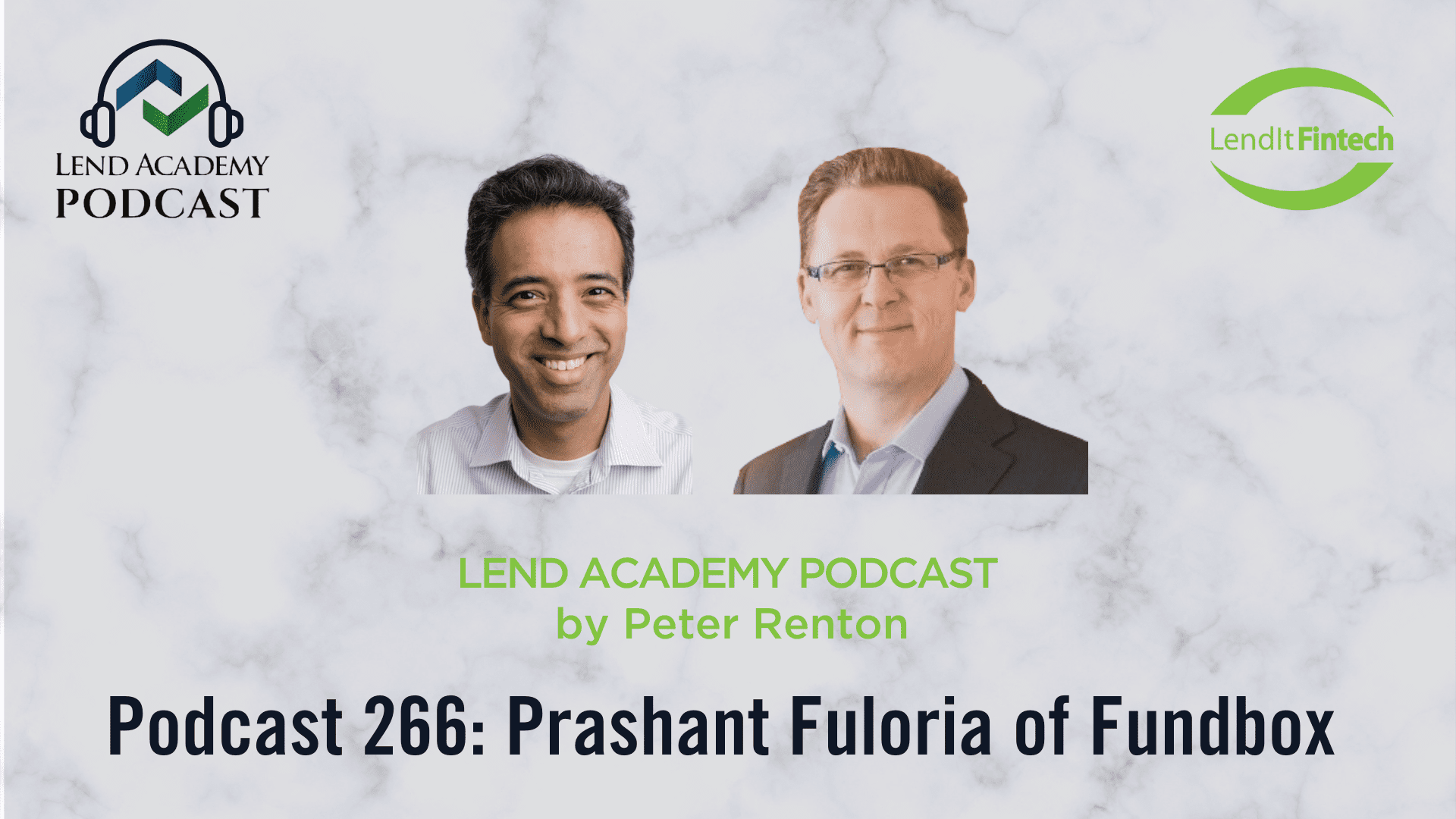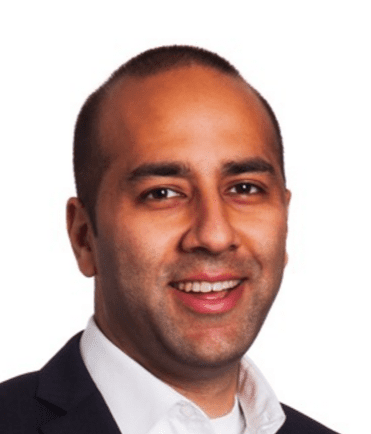At Fintech Nexus USA the Credit & Underwriting track is always one of the most popular. Here is a description of the track and links to the audio of all the sessions.
The pandemic has had more impact on small business lending than probably any other vertical. While the PPP enabled many...
These are challenging times, particularly for lenders. There are no risk models that can predict what might happen not just...
Consumer awareness of their financial health has never been higher; whether planning to buy a home, car or finance an...
Goldman Sachs slowed originations for their personal loan product through Marcus after they launched the Apple Card; “The slowing pace...
[Editor’s note: This is the fourth article (see part one, part two and part three) in a special series we...
In an op-ed in American Banker, the CEO of MeasureOne, Elan Amir, noted that traditional credit models are not well...
Lenders are facing some extraordinary times right now as they try to prepare for the months ahead. Underwriting risk has...
Lenders of all stripes are starting to review their lending criteria as they anticipate seeing a wave of applications from...
According to a new report by the Cleveland Fed online SMB lenders have a net satisfaction rate of 33 percent...






